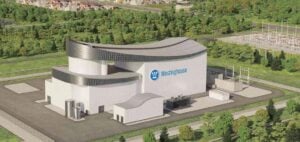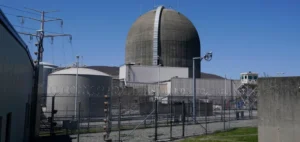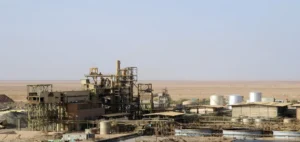American fusion energy developer Type One Energy has chosen Canadian engineering firm AtkinsRéalis to develop the preliminary design for its pilot fusion power plant. Using stellarator technology, this project aims to demonstrate the potential for generating clean, safe and affordable energy from fusion.
International collaboration for sustainable energy
The project involves close collaboration between Atkins-Réalis’ UK fusion team and US capabilities and expertise. Together, they will provide multidisciplinary engineering services to develop complete plant requirements, preliminary facility designs and an initial site layout. This collaboration seeks to integrate proven project delivery solutions with innovative fusion technologies to minimize risk while optimizing costs.
Jason Dreisbach, Director of Advanced Energy Technologies at AtkinsRéalis, said, “This program of work is the first step in a strategic partnership with Type One Energy as they commercialize their technology and advance the potential of fusion to power America’s energy transition. With our global fusion expertise, we are uniquely positioned to support the transition of Type One Energy’s fusion technology into a commercially viable and sustainable energy source to power a net-zero future.”
Infinity One: a technological breakthrough
In February, Type One Energy announced plans to build Infinity One, its prototype stellarator fusion machine, on the site of the Tennessee Valley Authority’s (TVA) Bull Run fossil plant in Clinton, Tennessee. The project is the result of a tripartite Memorandum of Understanding signed in 2023 between TVA, Type One Energy and the U.S. Department of Energy’s Oak Ridge National Laboratory.
Construction of Infinity One could begin in 2025, once the necessary environmental reviews, partnership agreements, permits and operating licenses have been finalized. This prototype will enable Type One Energy to verify important design features of its stellarator fusion pilot plant, in particular those relating to operational efficiency, reliability, maintainability and affordability.
The difference between stellarator and tokamak
Infinity One is a stellarator fusion reactor, distinct from a tokamak fusion reactor like the Joint European Torus in the UK or the Iter under construction in France. A tokamak is based on a uniform toroidal shape, while a stellarator twists this shape into an 8. This circumvents the problems faced by tokamaks when the magnetic coils confining the plasma are necessarily less dense outside the toroidal ring.
Type One Energy uses proven advanced manufacturing methods, modern computational physics and high-field superconducting magnets to develop its optimized stellarator fusion system.
The collaboration between AtkinsRéalis and Type One Energy marks a milestone in the commercialization of fusion energy, offering promising prospects for the energy future of the United States and the world.





















